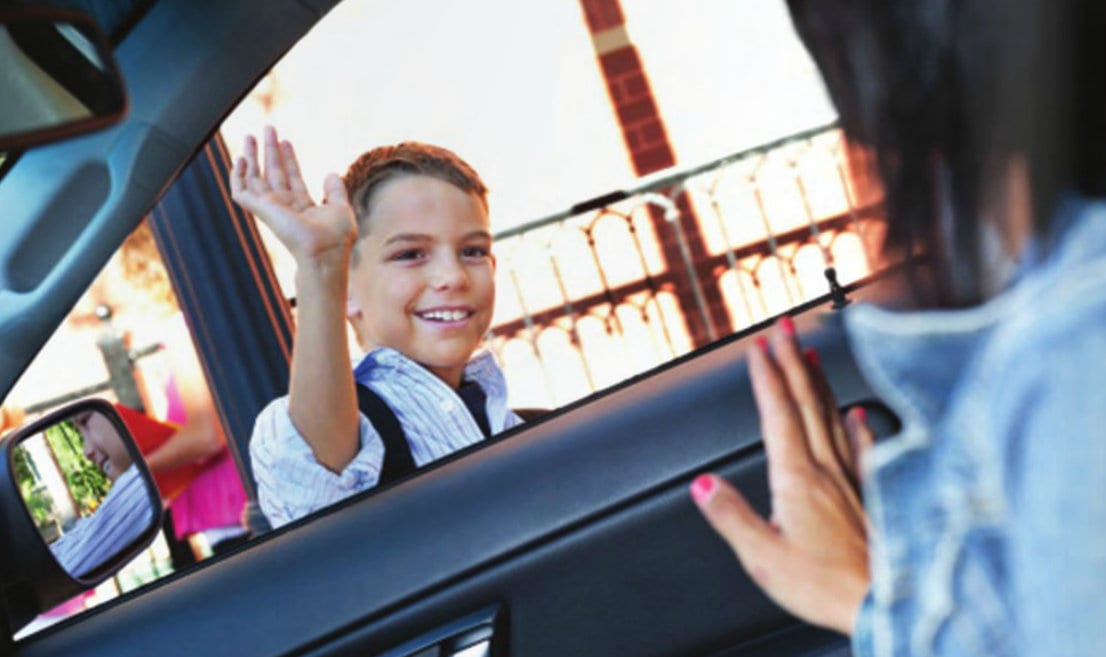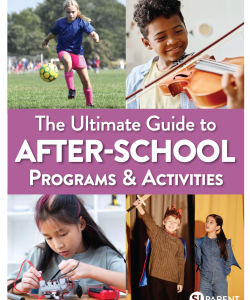Coming up with lunch ideas for kids every day can be a difficult task. Before tackling the job, grab a cup of coffee and peruse these helpful hints. They might just ease the process!
- Freeze leftovers or even sandwiches to use throughout the week, and make casseroles and soups on the weekend to throw in a vacuum flask when the colder weather hits.
- Do your best to always pack lunches and store in the fridge the night before so they’re ready to go the next morning. This avoids having to rush and maybe pack unhealthy foods to save time.
- Make your own, lower fat, reduced sugar versions of pre-packaged convenience foods to save money and keep kids healthy. Use whole grain crackers, cheese and reduced-salt cold cuts for stackable snacks, for example, or Greek yogurt and fresh berries instead of sugary, artificially-flavored pudding cups.
- Using cookie cutters to make smaller, bite-sized sandwiches increases the chances of them being eaten, especially for picky, crust-hating kids. If you have two or more children, it’s also a great way to add variety since you can split different sandwiches between them.
- Divided, bento-style lunch boxes are visually appealing to kids and help ensure their meal contains a range of foods. They also cut the cost and waste of disposable lunch bags.
- Sneak in vegetables by turning them into pureed sandwich spreads, soups and dips. Pair these with sliced veggies for a nutritional double-whammy.
- Try soy or seed butter for sandwiches instead of banned nut butters. If your kid has any food allergies, you might want to consider Allergy Alert labels for their lunch boxes.
- Involving your kids in shopping, preparing and packing lunches increases the chance of them eating everything!
Submitted by Mabel’s Labels. Founded by four moms, Mabel’s Labels is the leading provider of super durable labels for the stuff kids lose!® Our award-winning customizable products are laundry, dishwasher & microwave-safe and 100% guaranteed. For more great content, join the Mabelhood community on Facebook, Twitter and Instagram. Or sign up for our newsletter at mabelslabels.com

Read Next | Find Great After School Programs in Staten Island





